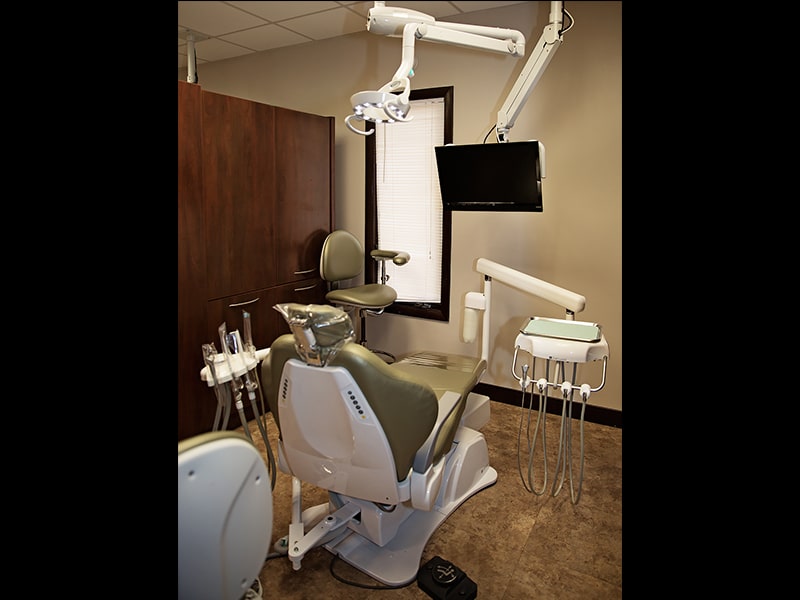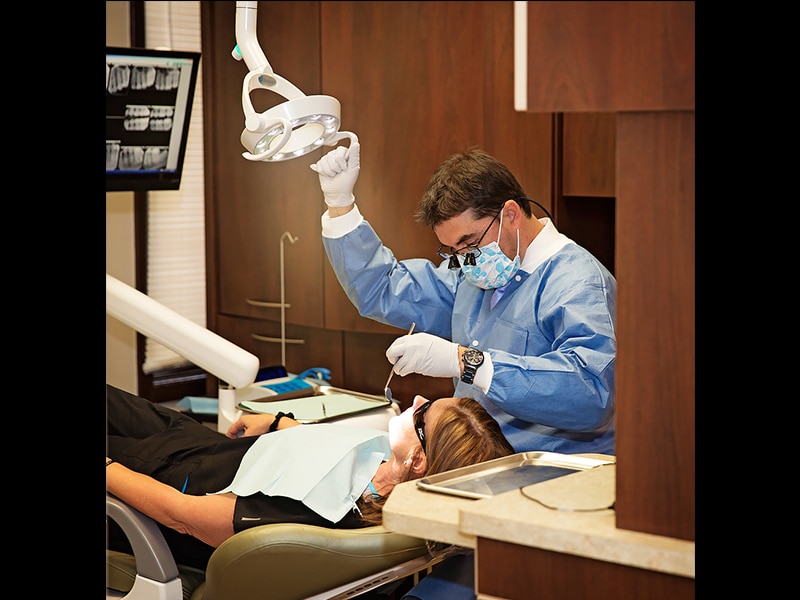 Did you notice that your teeth look a little longer? Chances are, you have receding gums. Receding gums can be scary and painful at the same time. Receding gums or gum recession occurs when the margin of the gum tissue surrounding the teeth wears away, which causes the tooth to be overly exposed. When you have receding gums, you can easily catch diseases causing bacteria. When left untreated, you can lose your tooth.
Did you notice that your teeth look a little longer? Chances are, you have receding gums. Receding gums can be scary and painful at the same time. Receding gums or gum recession occurs when the margin of the gum tissue surrounding the teeth wears away, which causes the tooth to be overly exposed. When you have receding gums, you can easily catch diseases causing bacteria. When left untreated, you can lose your tooth.
The number one cause of gum recession is periodontal disease. The bacteria thriving in the inflamed gums will continue to eat away from the gum tissue as well as the bones that hold your teeth in place. Another cause of gum recession is poor oral care. When the plaque building up on your teeth will not be totally removed, it will turn into tartar. This hard substance will cause havoc to your teeth, wearing your enamel and exposing your gums. Age is also a risk factor of gum recession. Approximately 88% of seniors are living with gum recession. Other causes include genetics, bruxism, misaligned teeth, and improper way of brushing teeth.
Symptoms of Receding Gums
Receding gums is a common dental problem and to make the matter worse, most people don’t even know they have it. Below are the common symptoms of receding gums.
- Long teeth
- Exposed root of the teeth
- Loose teeth
- Bad breath
- Inflammation in the gums
- Bad or rustic taste in your mouth
Diagnoses and Treatment of Receding Gums
Regular dental checkups are very important in diagnosing gum recession. The symptoms of gum recession may not be noticeable enough by ordinary individuals since the recession could happen slowly. However, your dentist can spot the receding gums right away.
The gum tissue that was damaged by the recession won’t grow back, which means it can’t be reversed. But, there are treatments you can opt for to prevent the condition from getting worse. The treatment will depend on how serious the condition is and what causes it. If your gum recession is caused by the improper way of brushing or poor oral hygiene, then taking care of your oral health will help treat the condition. Brushing your teeth regularly, flossing and using mouthwash may remove the plaque building up on your teeth; thus, reducing the possibility of a tartar formation.
A mild gum recession will increase the formation of bacteria in the affected area but it doesn’t put your dental health at risk. Your dentist may require you to have an occasional deep cleaning called scaling and root planing; these treatments are designed to clean up the tartar and plaque in your teeth.
During a more serious gum recession, you may need to undergo a procedure called gum grafting to restore your lost gum tissue. Your dentist will take gum tissue somewhere in your mouth and attach it to the affected area. When it heals, it will protect the tooth and give off a more natural look.











